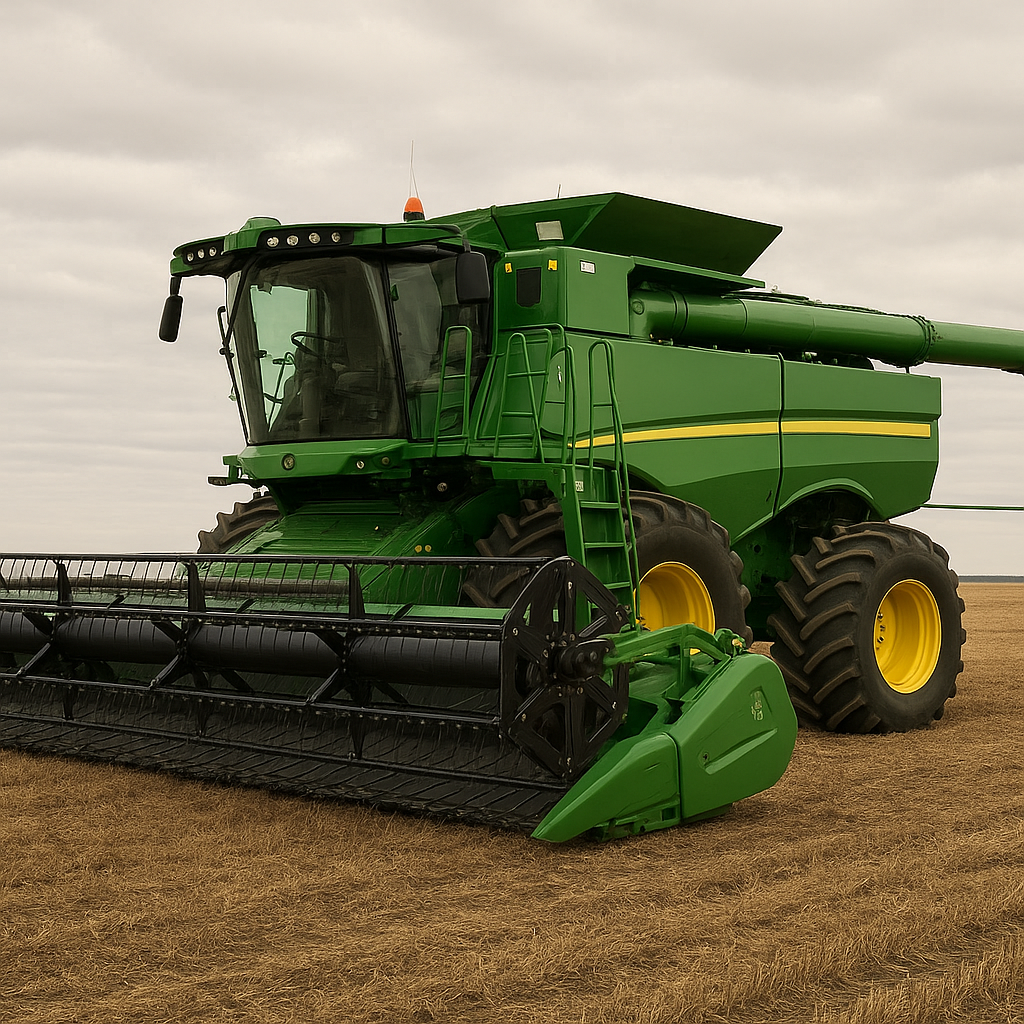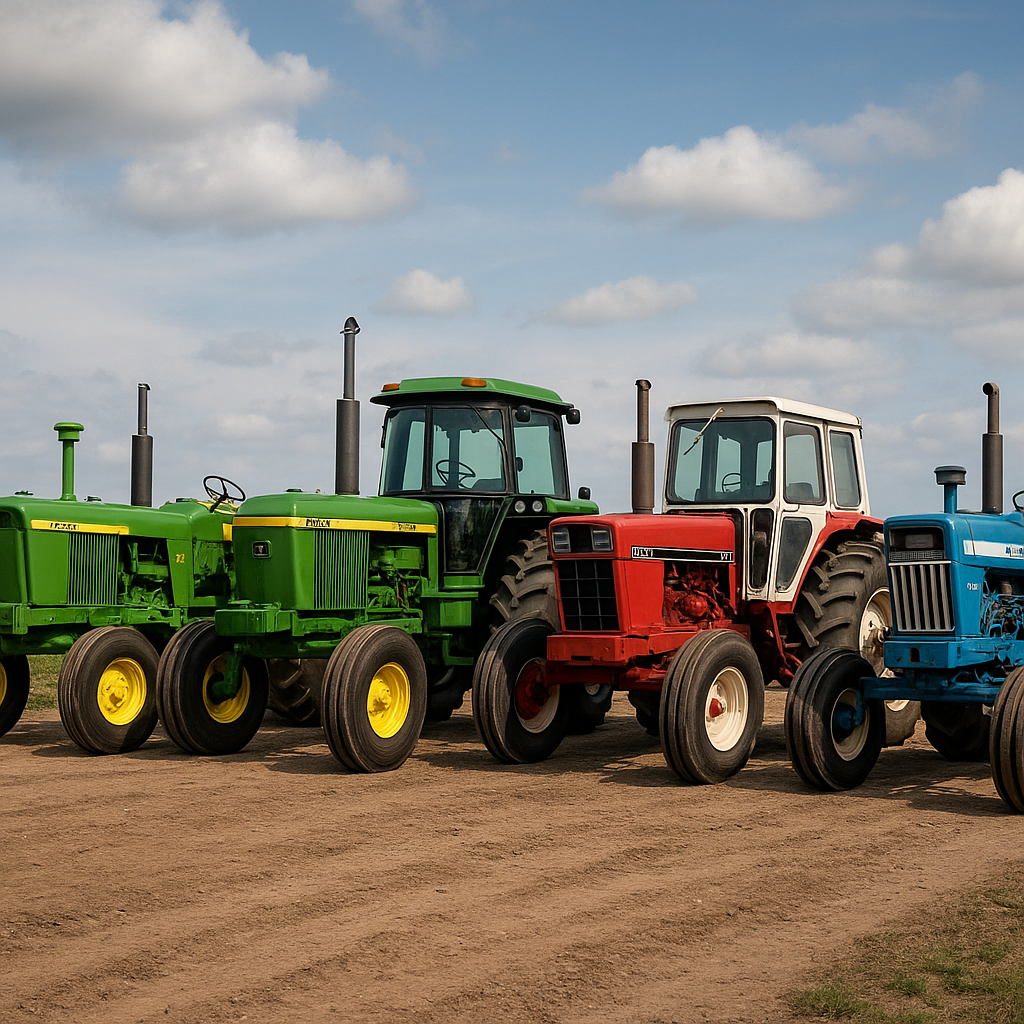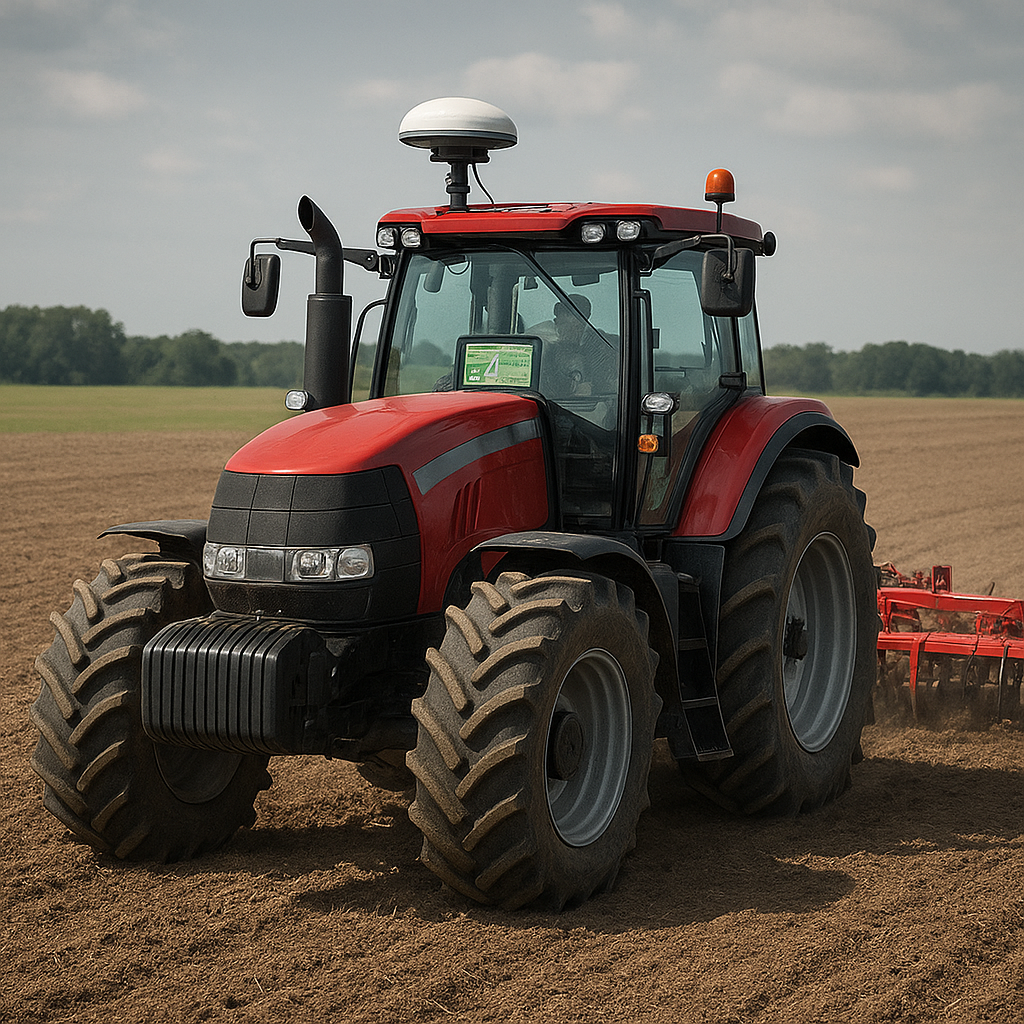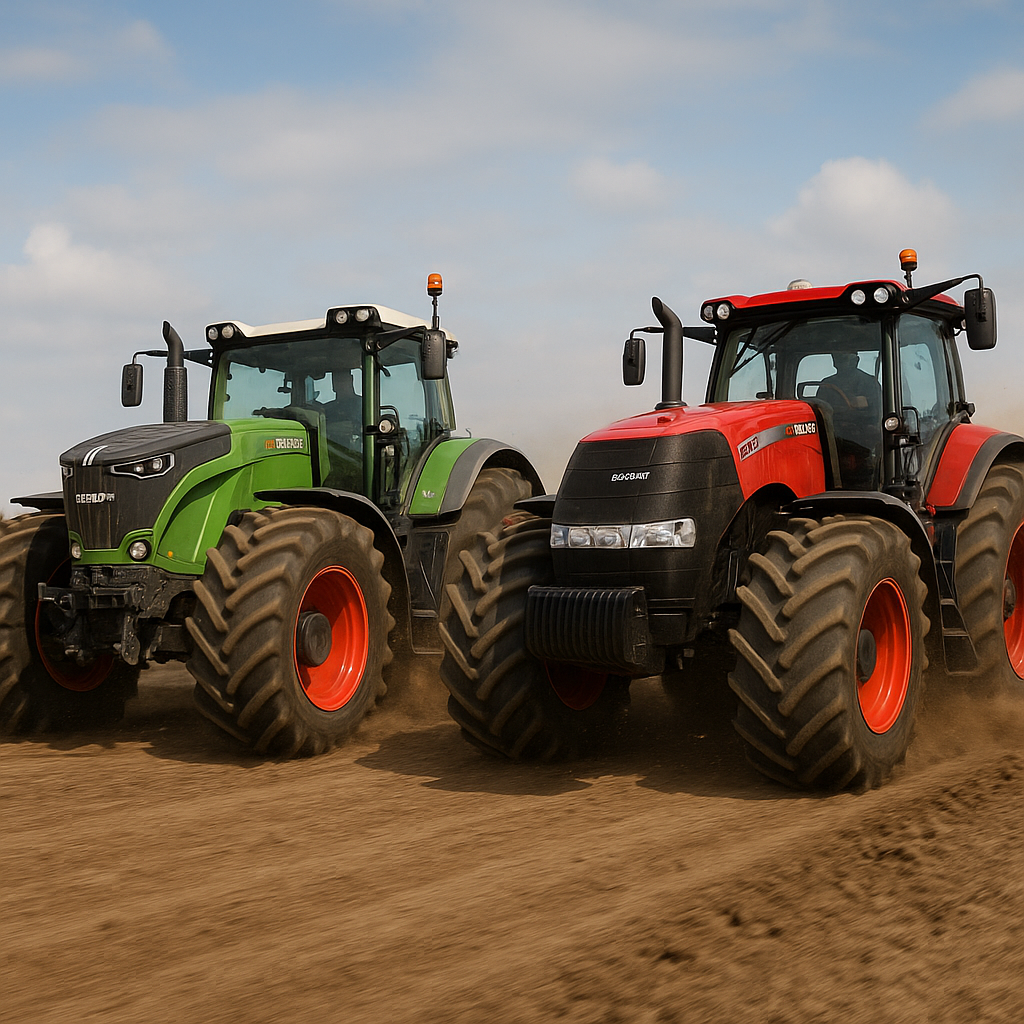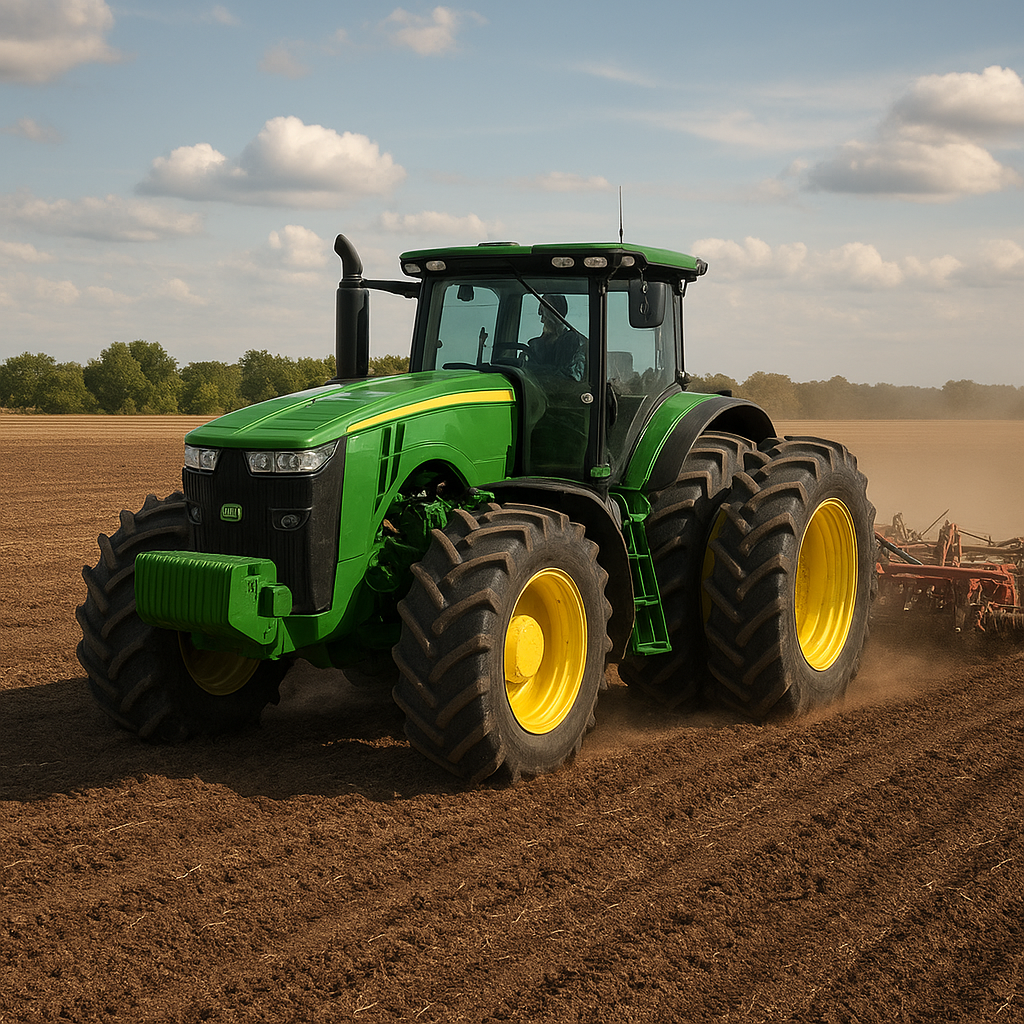Understanding Variable Rate Technology (VRT) in Precision Tractors
Variable Rate Technology (VRT) is revolutionizing the agricultural industry by enabling precision farming practices that optimize input usage and enhance crop yields. This article delves into the intricacies of VRT, its applications in modern tractors, and the benefits it brings to farmers worldwide.
The Evolution of Variable Rate Technology
Variable Rate Technology has its roots in the broader field of precision agriculture, which aims to make farming more efficient and sustainable through the use of advanced technologies. VRT specifically focuses on the precise application of inputs such as seeds, fertilizers, and pesticides, based on the specific needs of different areas within a field.
Early Developments
The concept of VRT began to take shape in the late 20th century with the advent of GPS technology and Geographic Information Systems (GIS). These tools allowed farmers to map their fields with unprecedented accuracy, laying the groundwork for site-specific management practices. Early VRT systems were relatively simple, often relying on pre-programmed maps and manual adjustments.
Modern Advancements
Today, VRT has evolved into a highly sophisticated technology, integrating real-time data from various sources such as soil sensors, weather stations, and satellite imagery. Modern VRT systems can automatically adjust the application rates of inputs on-the-go, ensuring that each part of the field receives the optimal amount of resources. This not only maximizes crop yields but also minimizes waste and environmental impact.
Applications of VRT in Precision Tractors
Precision tractors equipped with VRT capabilities are at the forefront of modern agriculture. These advanced machines utilize a combination of hardware and software to deliver precise input applications, tailored to the specific conditions of each field.
Seed Planting
One of the primary applications of VRT in precision tractors is variable rate seeding. By analyzing soil fertility, moisture levels, and other factors, VRT systems can determine the optimal seeding rate for different areas of a field. This ensures that seeds are planted at the right density, promoting uniform crop growth and reducing the risk of over- or under-seeding.
Fertilizer Application
VRT also plays a crucial role in fertilizer application. Traditional methods often result in uneven distribution, leading to nutrient imbalances and wasted resources. VRT systems, on the other hand, can apply fertilizers at variable rates based on real-time data, ensuring that each part of the field receives the right amount of nutrients. This not only improves crop health but also reduces the environmental impact of excess fertilizer runoff.
Pesticide Spraying
Another important application of VRT is in pesticide spraying. By using data from pest monitoring systems and field sensors, VRT-equipped tractors can target specific areas that require treatment, minimizing the use of chemicals and reducing the risk of pest resistance. This targeted approach also helps protect beneficial insects and other non-target organisms.
Benefits of Variable Rate Technology
The adoption of VRT in precision tractors offers numerous benefits to farmers, the environment, and the agricultural industry as a whole.
Increased Efficiency
One of the most significant advantages of VRT is its ability to increase farming efficiency. By applying inputs precisely where they are needed, VRT reduces waste and ensures that resources are used effectively. This not only lowers input costs but also maximizes crop yields, leading to higher profitability for farmers.
Environmental Sustainability
VRT contributes to environmental sustainability by minimizing the over-application of inputs such as fertilizers and pesticides. This reduces the risk of nutrient runoff and chemical leaching, which can contaminate water sources and harm ecosystems. Additionally, by promoting healthier crop growth, VRT helps sequester more carbon in the soil, mitigating the effects of climate change.
Improved Crop Quality
By ensuring that crops receive the right amount of nutrients and protection, VRT can improve crop quality and consistency. This is particularly important for high-value crops, where uniformity and quality are critical for market success. Better crop quality also translates to higher market prices and increased competitiveness for farmers.
Challenges and Future Prospects
While VRT offers numerous benefits, its adoption is not without challenges. The initial cost of VRT equipment and the need for technical expertise can be barriers for some farmers. However, ongoing advancements in technology and increasing awareness of the benefits of precision farming are likely to drive wider adoption in the coming years.
Cost and Accessibility
The cost of VRT systems can be a significant barrier for small and medium-sized farms. However, as technology advances and becomes more affordable, the accessibility of VRT is expected to improve. Additionally, government subsidies and support programs can help offset the initial investment costs, making VRT more accessible to a broader range of farmers.
Technical Expertise
Implementing VRT requires a certain level of technical expertise, which can be a challenge for farmers who are not familiar with advanced technologies. To address this, agricultural extension services and technology providers are offering training and support to help farmers understand and utilize VRT effectively. As more farmers become proficient in using VRT, its adoption is likely to increase.
Future Innovations
The future of VRT looks promising, with ongoing research and development aimed at further enhancing its capabilities. Innovations such as machine learning algorithms, advanced sensors, and autonomous tractors are expected to take VRT to new heights. These advancements will enable even more precise and efficient farming practices, further boosting productivity and sustainability in agriculture.
Conclusion
Variable Rate Technology is transforming the agricultural landscape by enabling precision farming practices that optimize input usage and enhance crop yields. With its numerous benefits, including increased efficiency, environmental sustainability, and improved crop quality, VRT is poised to play a crucial role in the future of agriculture. While challenges remain, ongoing advancements and increasing awareness are likely to drive wider adoption of VRT, paving the way for a more sustainable and productive agricultural industry.


